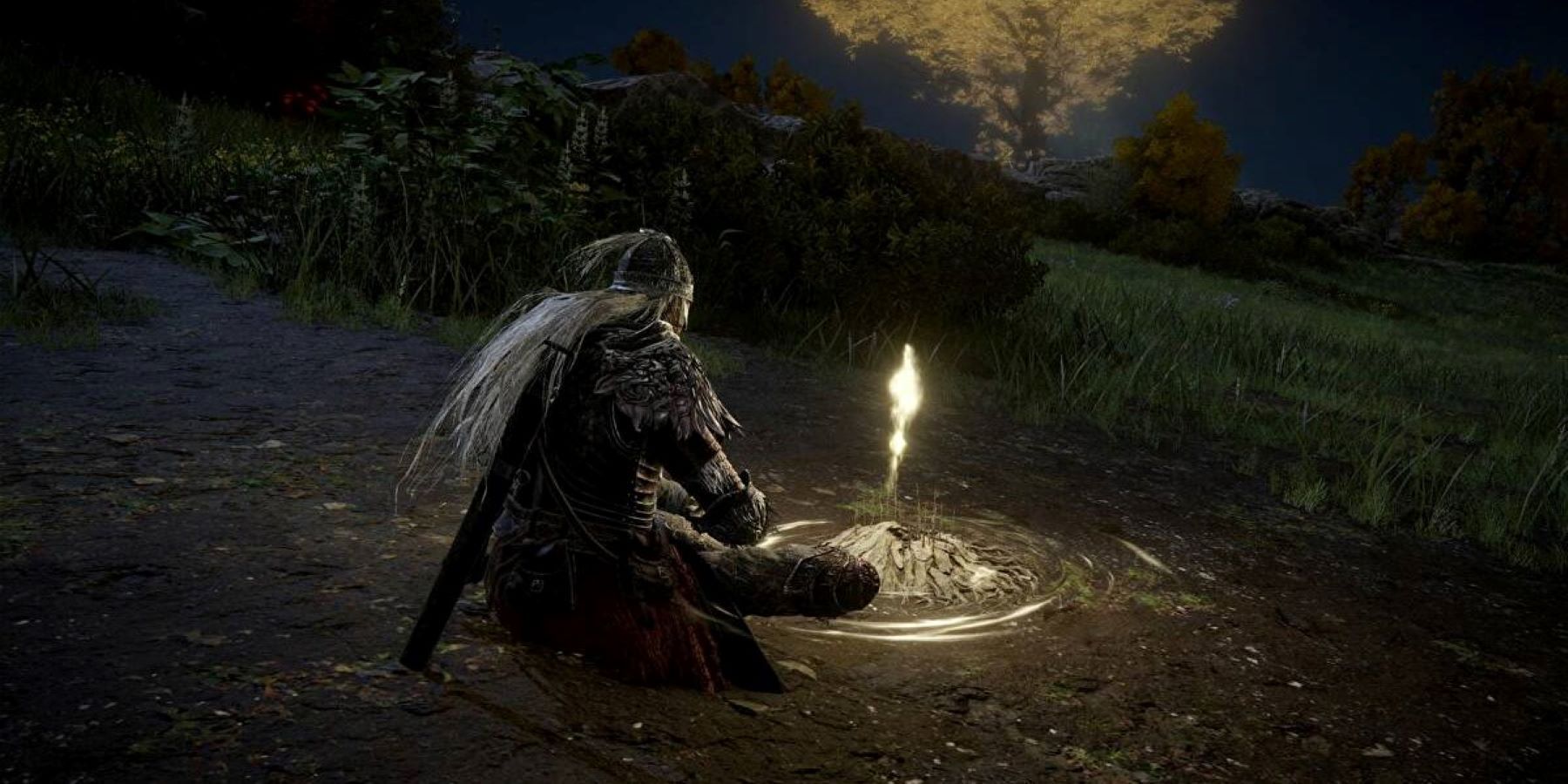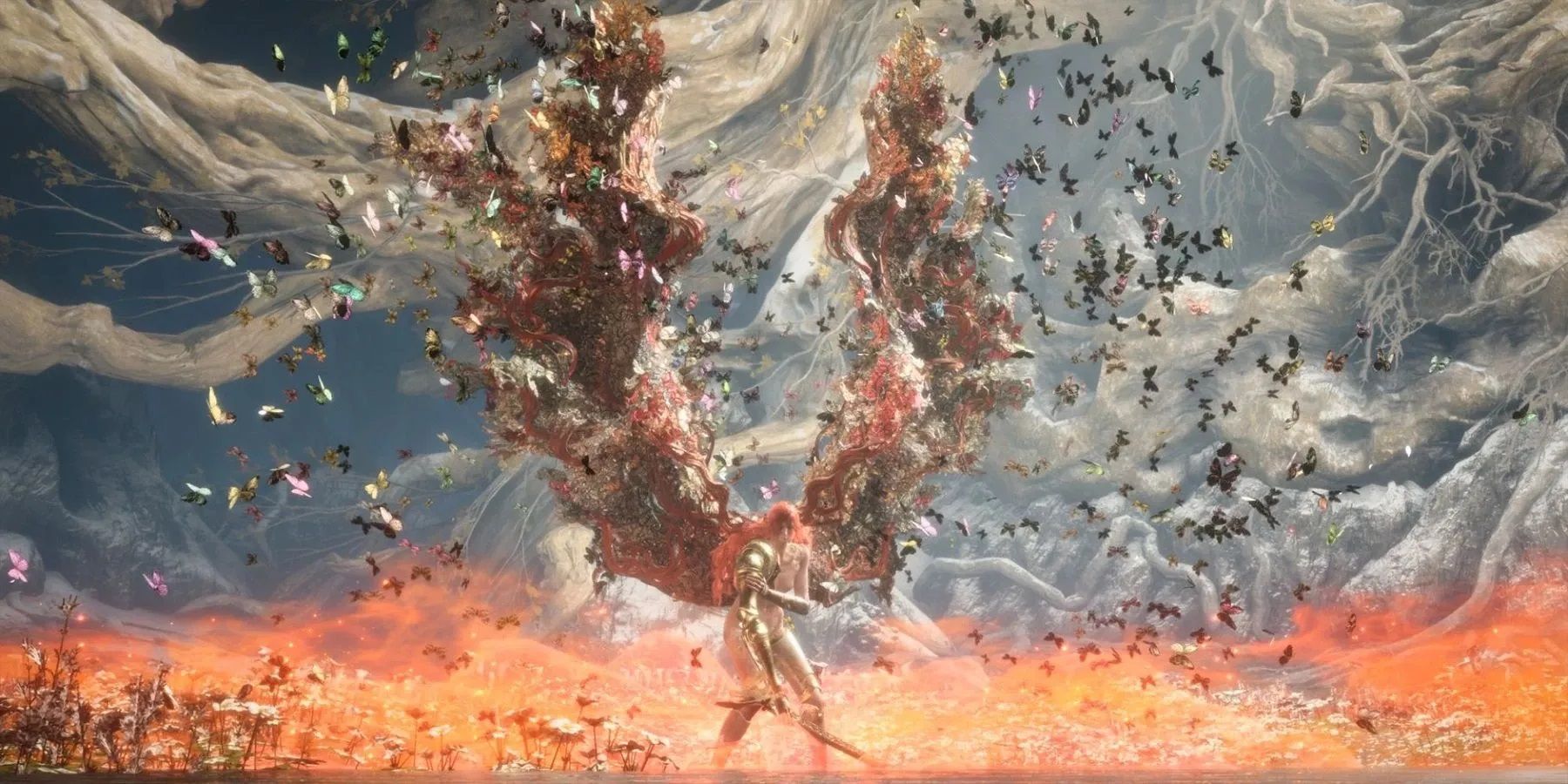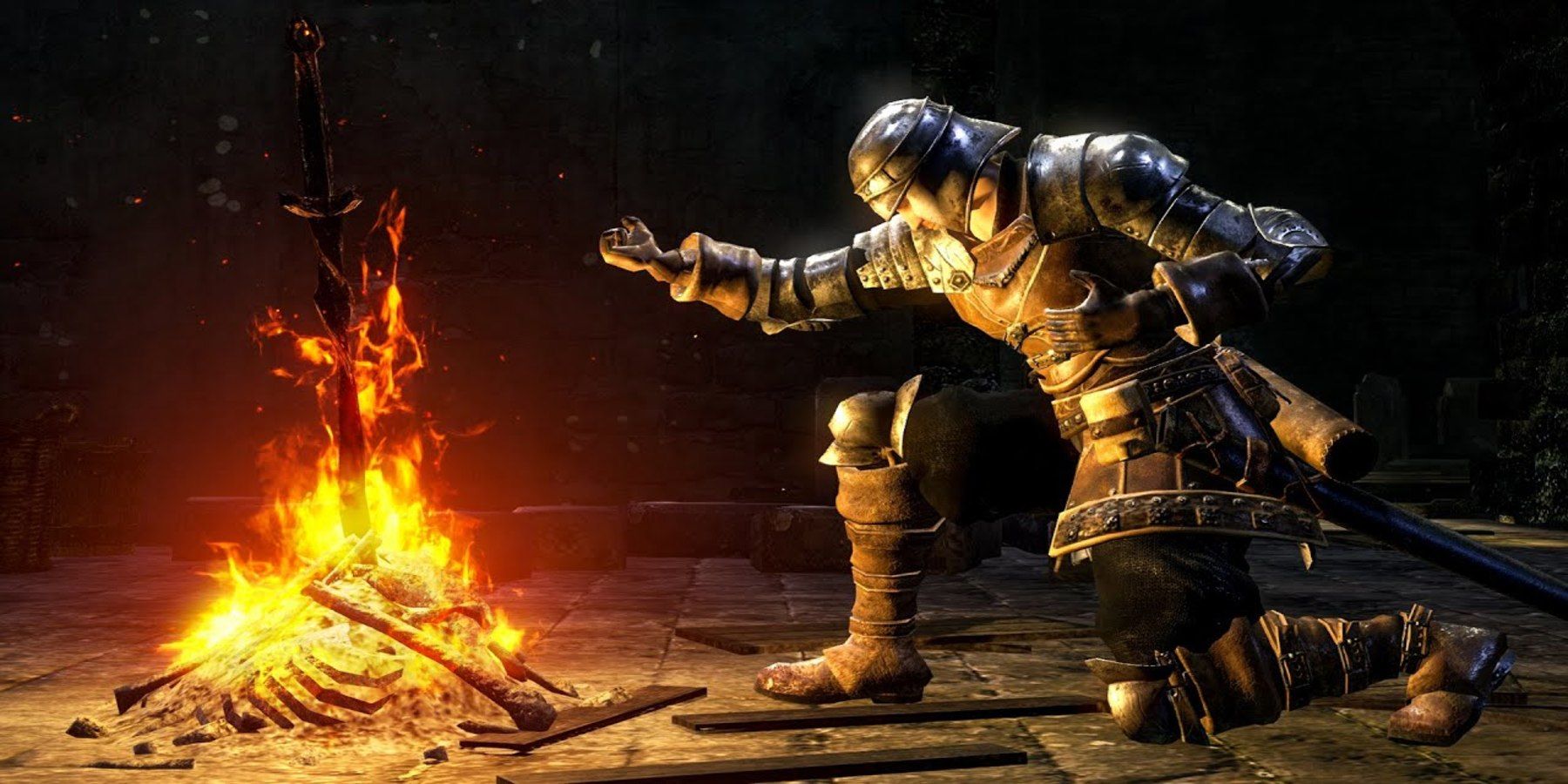When the original Demon's Souls released in 2009 on the PlayStation 3, it was a rather quiet affair. The game sold well, reaching over 1 million units sold by 2011, but as a new IP from a lesser known development studio, its cultural impact was relatively modest. No one at the time could have anticipated that this first Souls game was the start of a quiet paradigm shift in AAA game design that would grow to a pillar of modern gaming culture. The Soulslike genre of games inspired by FromSoftware's Soulsborne series speaks to that influence as well.
What makes it all the more impressive is that FromSoftware successfully created a term for its games that extends beyond one singular genre or gameplay style. "Soulsborne" as a category includes Sekiro, Elden Ring, Dark Souls, Bloodborne, and Demon's Souls despite how on the surface, many of these games are quite dissimilar to each other. That is not to say that this term Soulsborne is an inaccurate or inappropriate label, but what connects these games goes far deeper than just aesthetics or combat mechanics. It is the philosophy and themes underlying their design that links them together. Considering some of these creative through lines helps clarify the genre and what lies at the heart of these beloved games.
The Tragic Beauty Of Decay in the Soulsborne Series
Decay as both a narrative device and gameplay tool has been a core component of the Soulsborne games since the very beginning. In Demon's Souls and Dark Souls there is the mechanic of going Hollow, which results in a collection of combat and mechanical disadvantages that have varied in severity as the series has progressed. Decay is something that the player must reconcile with as a status attribute throughout the experience. Players can see how this decay impacts their health bar, stats, and limits their ability to survive the world around them. Sekiro, Bloodborne, and Elden Ring differ in that there is no Hollow status, but the fact that they can constantly respawn in a near mechanical time loop that captures this sense of being trapped as a dying vessel in a larger plot.
Beyond just gameplay, the Soulsborne games use their incredible world design to immerse players in an all-consuming sense of decay. The lush natural environments, the towering medieval architecture, and their richly grotesque inhabitants have become a hallmark of this approach. These environments and the stories behind their often abandoned or decrepit state are ever present in each game and allow the simple act of exploration to do much of the world-building for players.
An excellent example of the way decay has shaped the landscape of the series is Anor Londo in Dark Souls. It is a glorious marble metropolis, the heart of the Age of Fire that brought light to the world where death has been nearly eliminated. Yet, if the player attacks the illusion of the princess Gwynevere in the royal palace, the beautiful sun keeping the city in its bright and illustrious state is revealed to be little more than a mirage. In order to reach Gwynevere, players have navigated Anor Londo and seen the splendor of its glory days. Now as they prepare to leave, the truth of Anor Londo is revealed. It is not a city, but the ruins of dying empire, delusions filling empty thrones.
While Anor Londo exemplifies the way decay drives both the environments and characters in Dark Souls, in other Soulsborne games locations such as Caelid in Elden Ring, Senpou Temple in Sekiro, and the Hunter's Nightmare in Bloodborne all serve a similar thematic purpose. Decay in all of these games is the karmic consequence of believing that death can be defeated. The punishment for that delusion is what forces the player on their journey and permeates every inch of the once peaceful worlds they explore. While every game may depict decay in different terms and through different mechanics, the worlds of Soulsborne games always share some version of decay at their core.
Overcoming Hopelessness and Soulsborne Bonfires
For all the death and darkness that Soulsborne games depict, it would be inaccurate to say that the games are pessimistic or attempting to create a sense of despair within players. On the contrary, it is exactly the insurmountable odds that players are forced to overcome that give Soulsborne games their optimism. If one singular person can overcome a world of unspeakable horrors and decay, the real world suddenly seems far less impossible to navigate.
The recurring motif of the bonfire in Soulsborne games has become a shorthand for the optimism and accomplishments of players regardless of if they finish the game or not. These bonfires have different names depending on each game, but they serve a nearly identical purpose. Players are given a beautiful and quiet place to rest, a sanctuary of light that allows them to take stock of their character and where to head next. Bonfires are one of the few places in these games where players receive true downtime from the experience, and even if players don't finish a Soulsborne game, their last bonfire will still serve as a reminder of how far they've come.
Soulsborne games don't generally have happy endings, but there is a sense of inevitability to their darkness. Light and dark in these world aren't opposed but go hand in hand. The player's accomplishments could not exist without the adversity of a dying world to overcome. Even if the player reaches the end of their journey and the world continues into collapse, to reach that destination required such commitment and tenacity that there is a peacefulness to it. The hours it took to reach any destination at all aren't made worthless; the world was ending when the player arrived and saving it was never much of a possibility. The journey is far more important than the destination could ever be.
FromSoftware's Soulsborne games are an excellent example of how in video games, genre has a lot more to do with player experience than the surface level categories of fantasy or action. Soulsborne games capture a specific feeling and build worlds that can evoke those feelings for players, and given just how popular Elden Ring has become, the golden age of this genre appears to be here.
Demon's Souls is available now for PS5.



